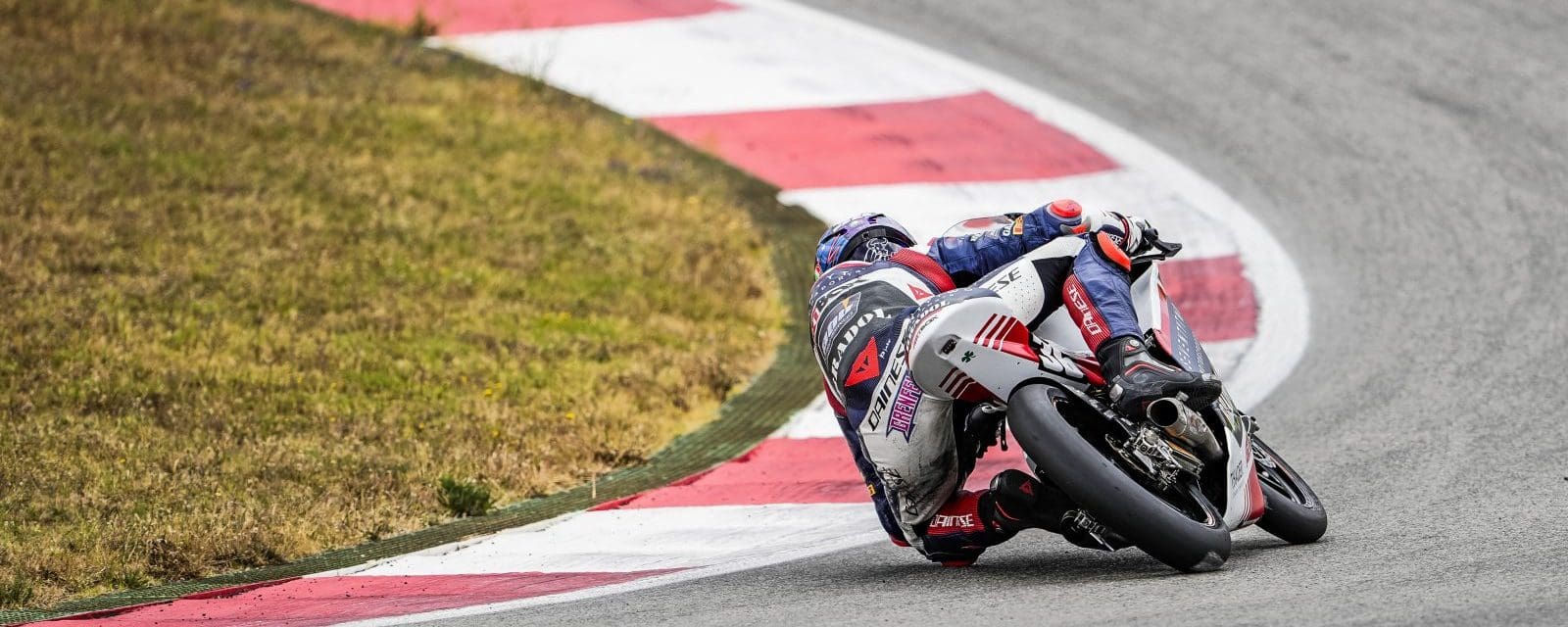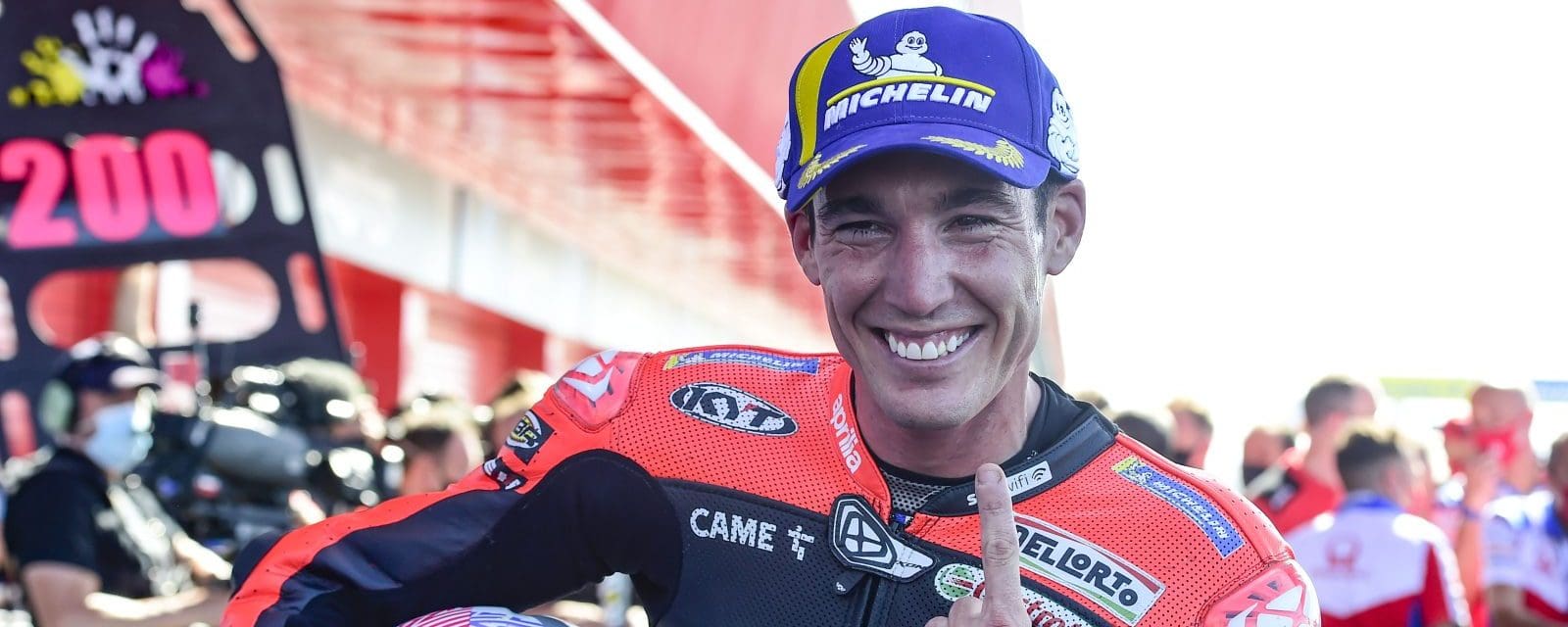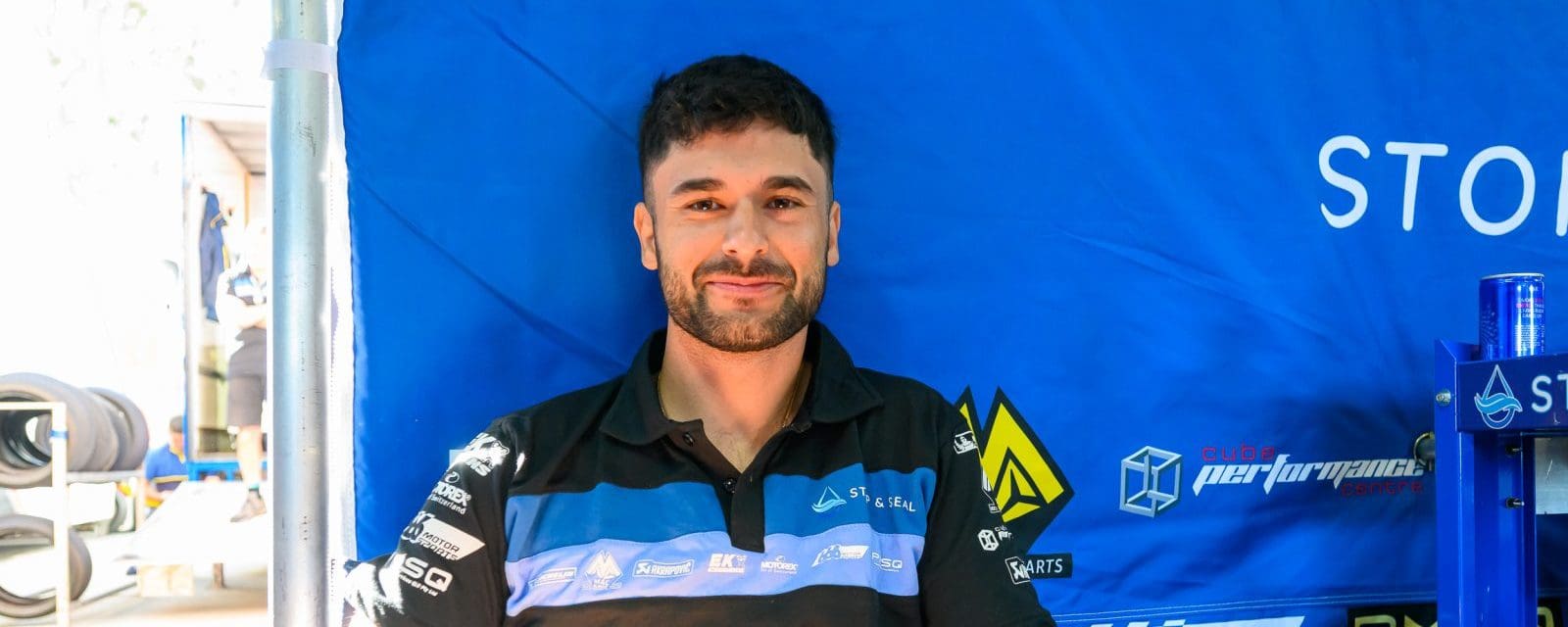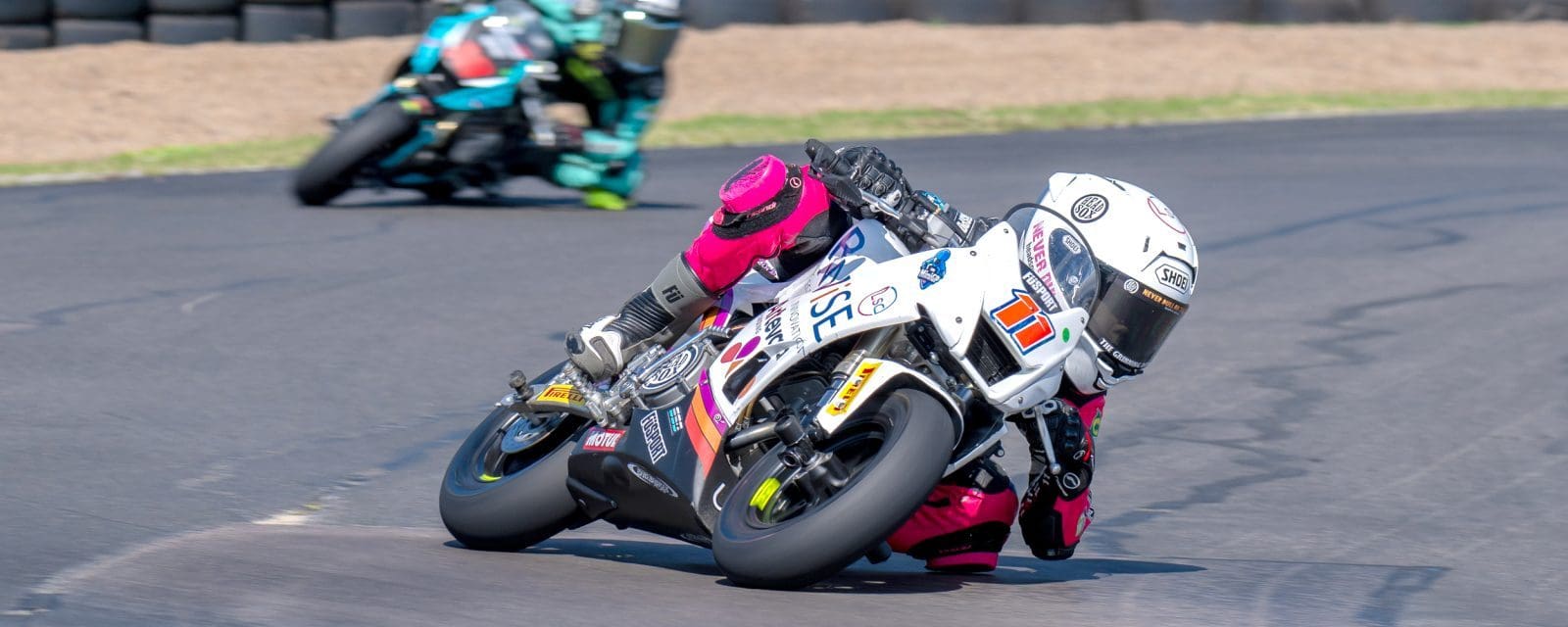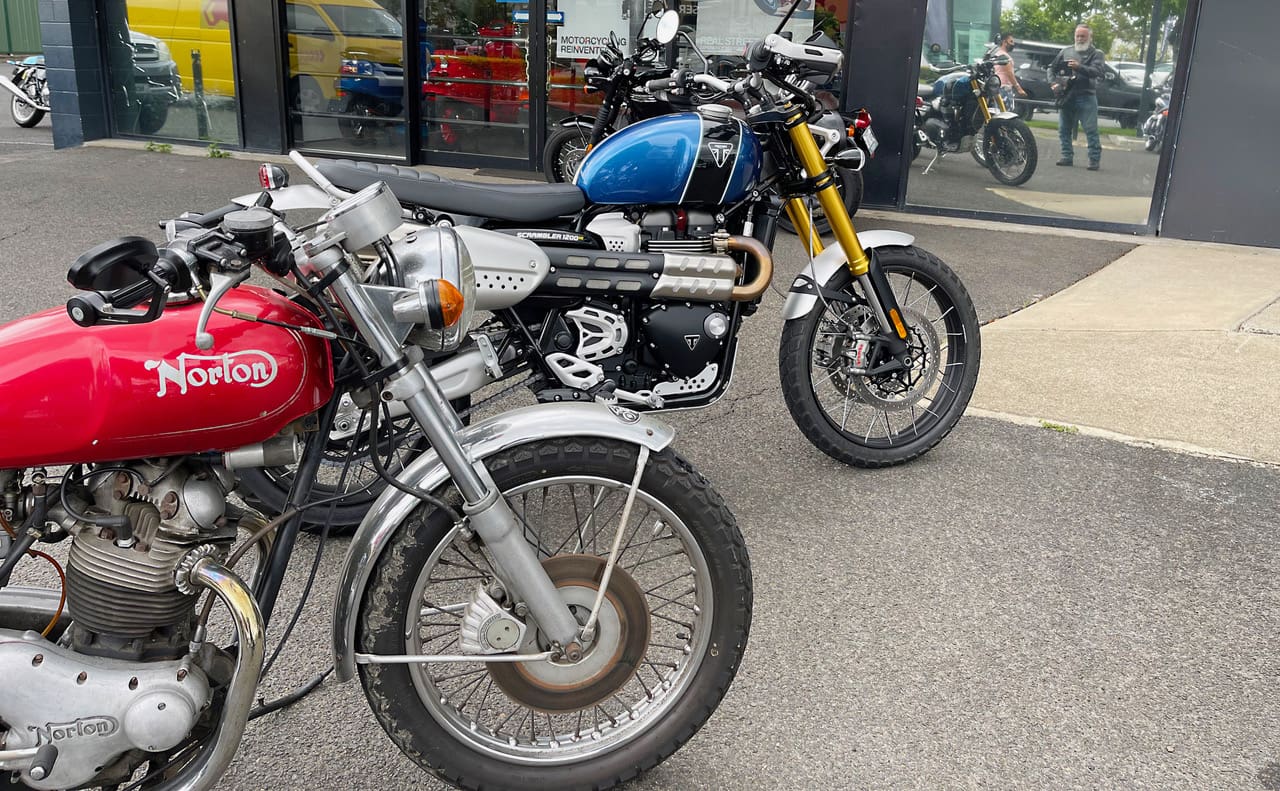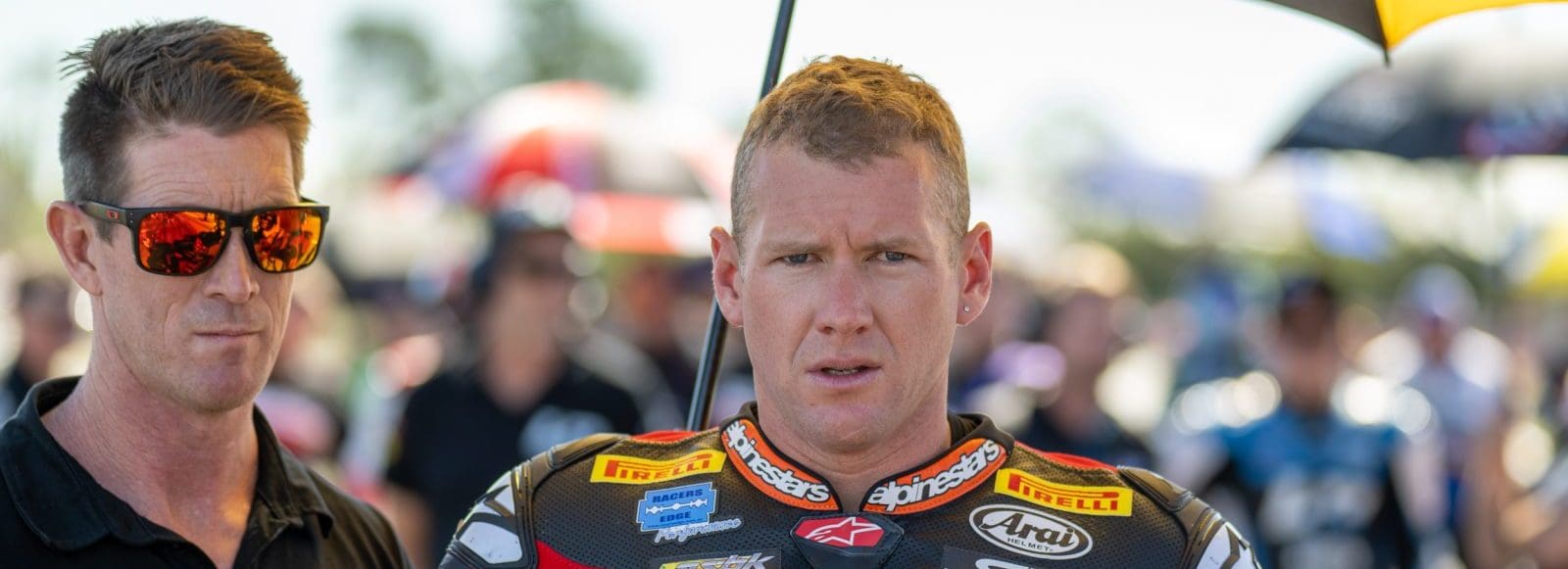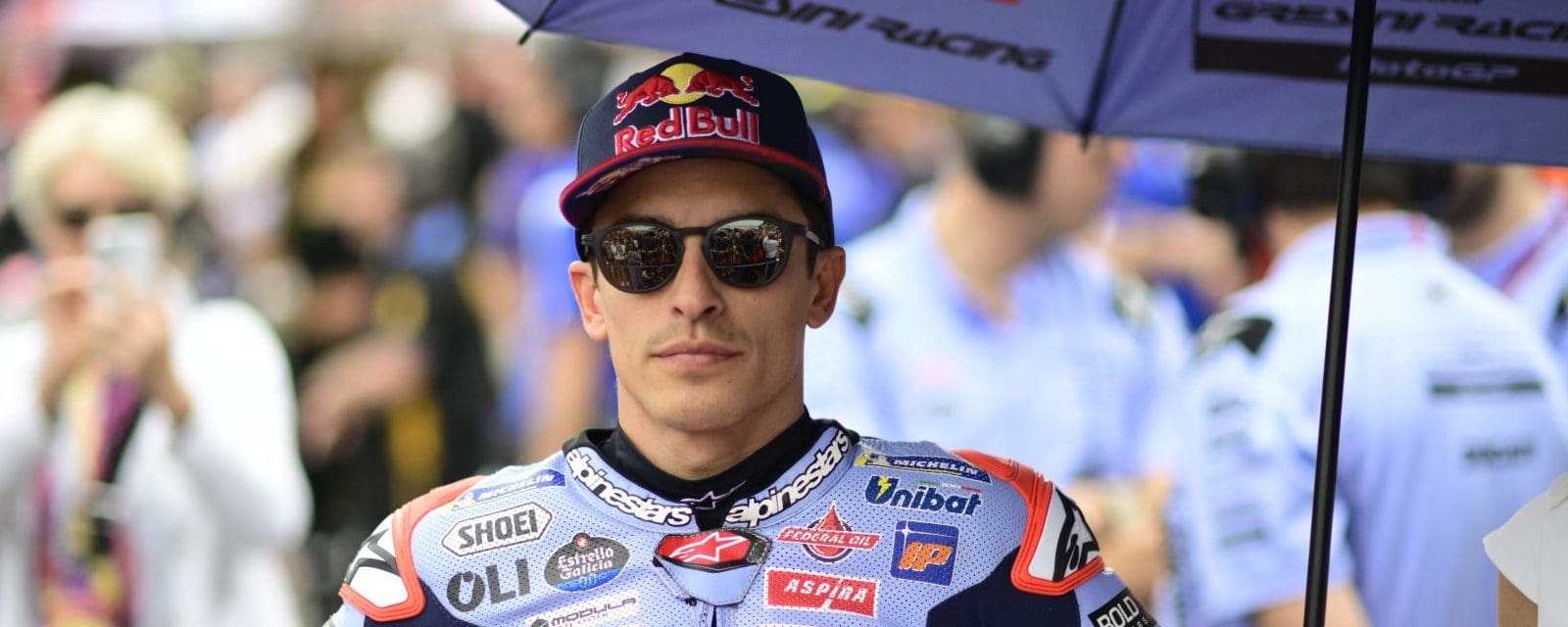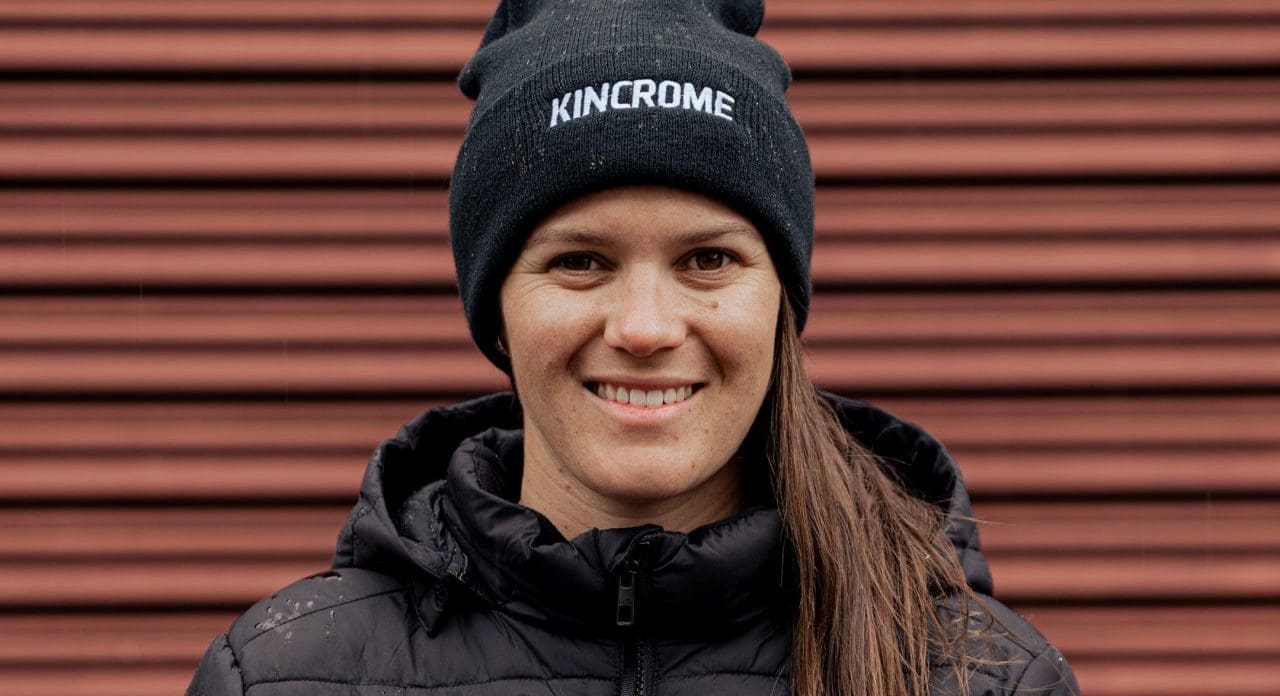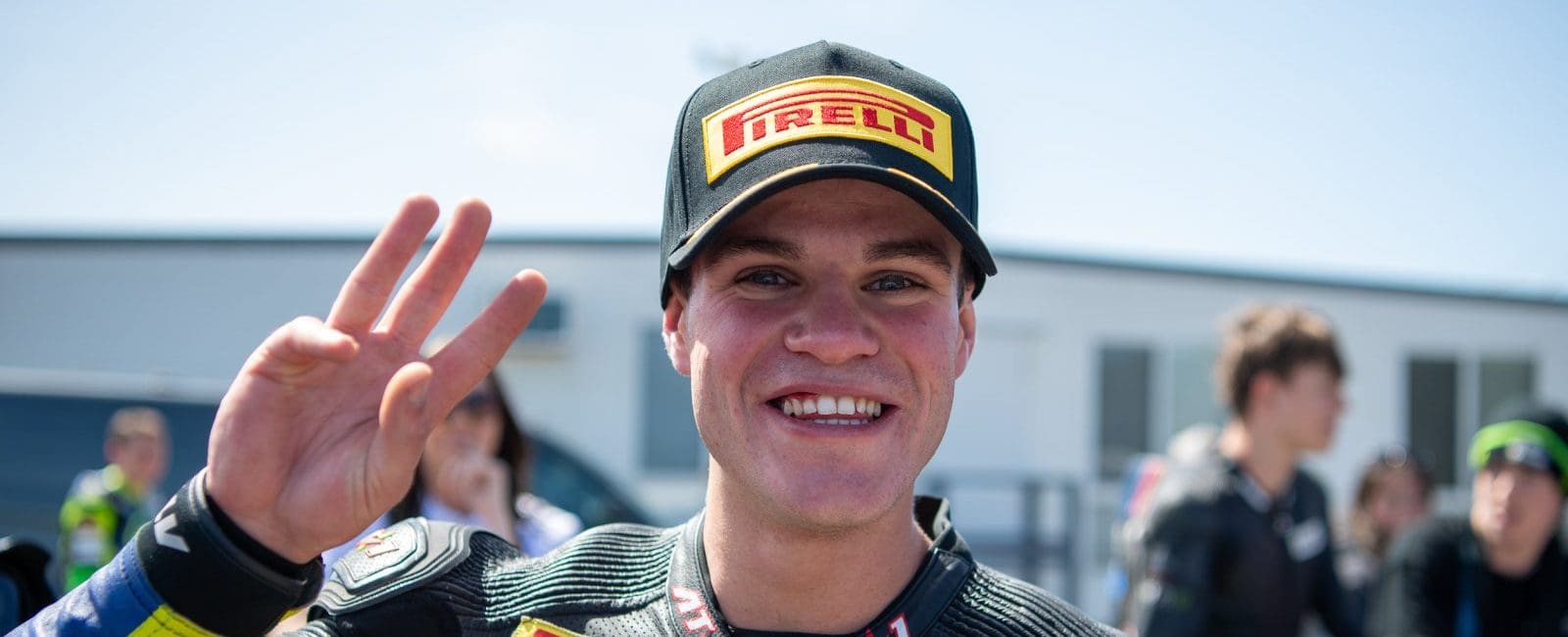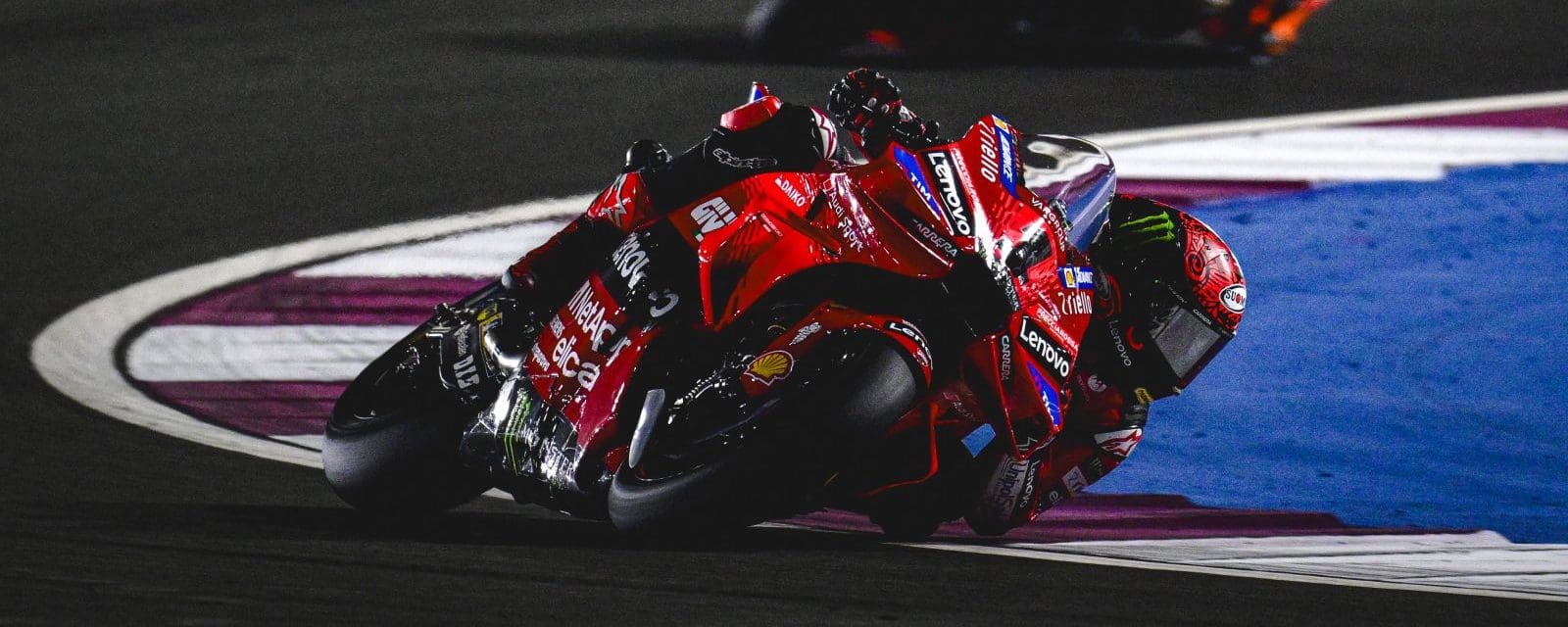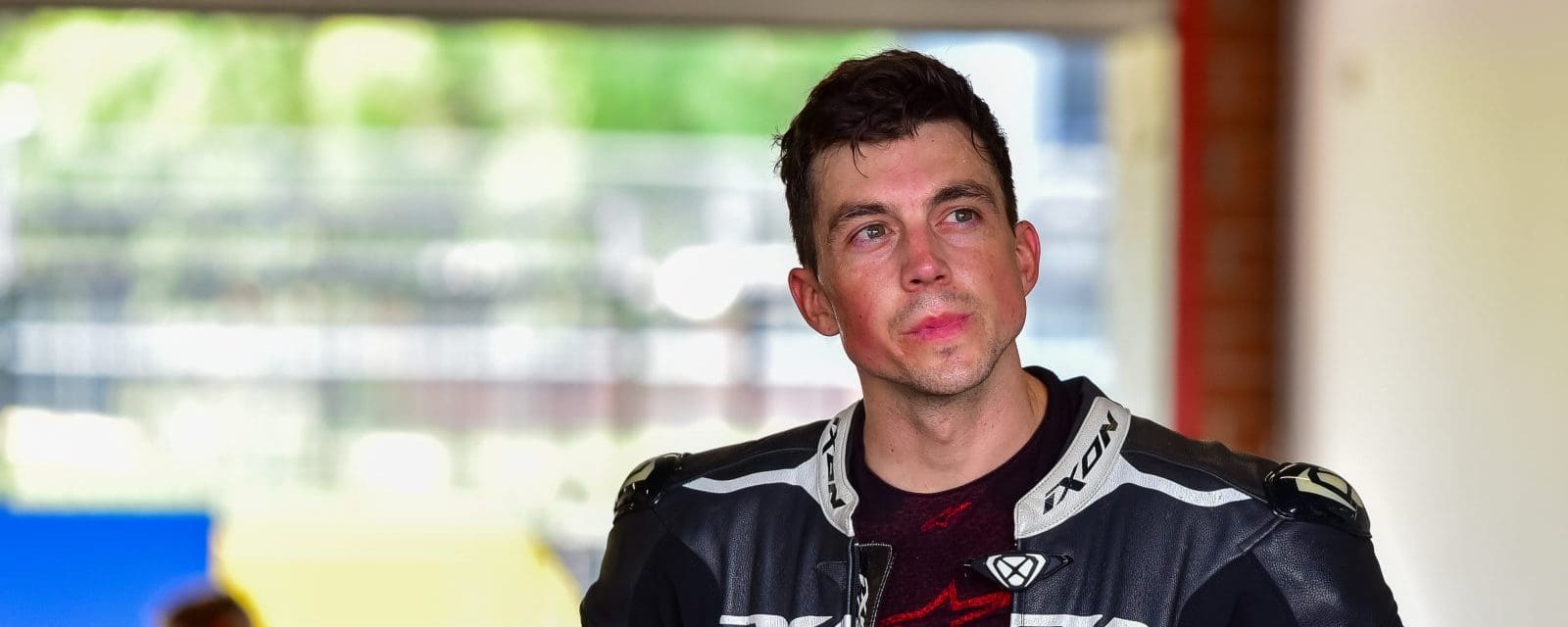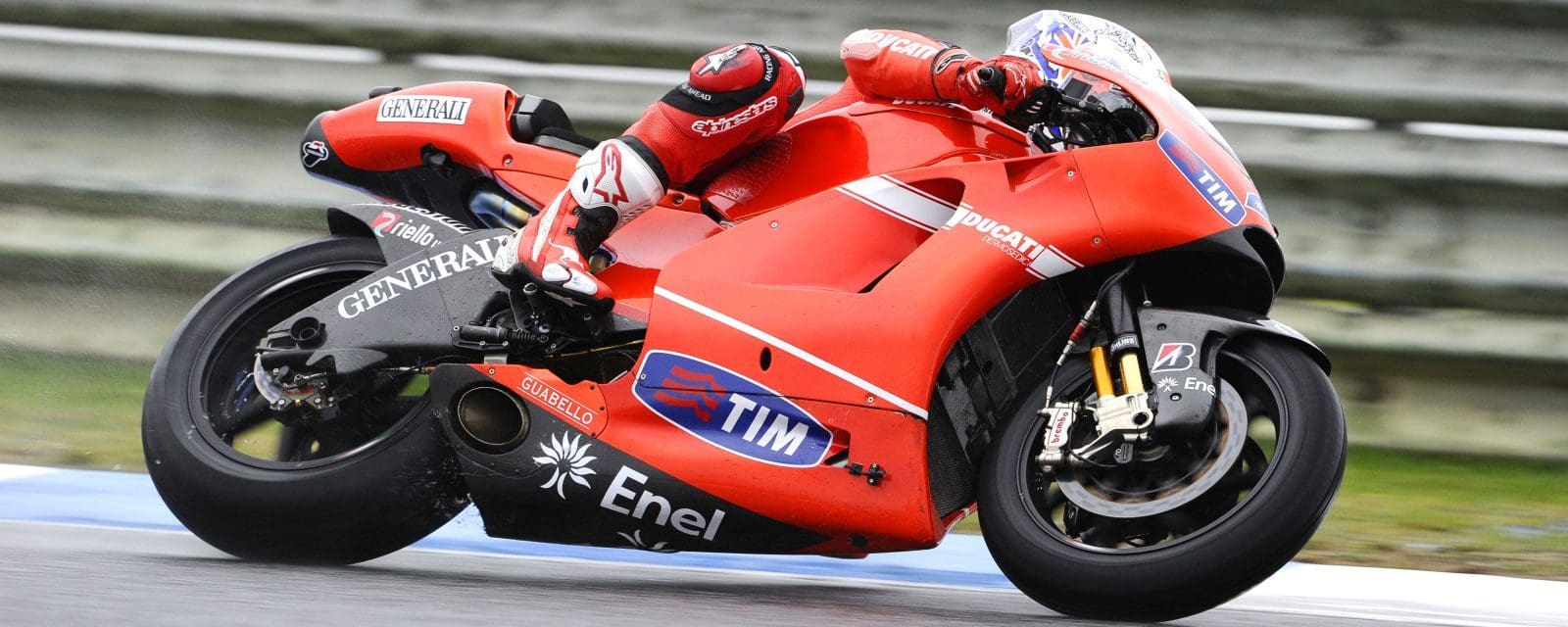Race engineering is largely a matter of fashion. Or to put it another way – as former world champion and revered crew chief to Kenny Roberts Senior, Kel Carruthers, told me many years ago, “what worked last year, plus a few per cent”.
In this way, in the years of those amazing 500cc two-strokes, everyone ended up with a V4. Everyone up front, anyway.
In modern MotoGP, some things are written in stone. Four is how many cylinders you have, 81mm the maximum bore. Goodbye to such aural marvels as Honda’s V5 and Aprilia’s raucous in-line triple.
Surprisingly, though, there’s still some variety in the engine designs. With six different bikes, four are V4s of fairly diverse spec, two are straight fours.
Honda and Ducati have 90º V4s; Aprilia’s has an angle of 75º, with the KTM seemingly somewhere between them. Yamaha’s and Suzuki’s in-line fours are essentially similar. Both have cross-plane crankshafts and off-beat firing intervals, turning them into virtual V4s.
They all race with varying degrees of success, but the margins between winner and also-ran are often very small indeed. Smaller than the differences between the machines. Smaller also than the difference in status of the various factories.
The biggest differences in all these areas are on display from the newest arrival. In a world of imitation, KTM is a heretic… so far off the page in so many areas that just finishing on the same lap as the winner is already impressive, let alone that one or both of its riders very frequently score points.
As Aprilia and Suzuki found out over the past year or two, it’s not supposed to be that easy.
The Austrians’ heresy starts in the whole approach. KTM is the only factory in all three classes. Admittedly it is presently struggling in Moto3, probably because of a diversion of resources to MotoGP, and its Moto2 entry only goes as far as the chassis, since all the unfortunate riders in the millstone middle class use the same boat-anchor engines. But KTM is the only factory to have a clear ladder for a young rider to climb, from Moto3 boy racer to MotoGP big-timer. Lucky rider. Go, Brad Binder.
KTM’s technical heresy is most obvious in the bright orange chassis. I mean, steel tubes? Nobody uses them anymore, even for subframes. Not even erstwhile devotee Ducati.
Another visible deviation is the front forks. Everybody else uses Öhlins suspension. Even Honda long since abandoned its close associate Showa. KTM, however, declined to jettison its own subsidiary suspension company, WP.
Less easily seen is the V angle, and more importantly the direction of crankshaft rotation, both of which KTM keeps to itself. But it seems the crank spins forwards, the opposite of all the others, with potentially adverse gyroscopic and torque-reaction effects. (Honda had been the same, but reversed spin direction last season.)
Given this independence of thought and action, it’s hard not to admire what KTM has achieved so far in MotoGP. But perhaps we should wait and see what happens next. The margins may be small, but they are very hard to bridge.
And KTM has a less-than-marvellous MotoGP history… an ill-fated and under-budgeted attempt in 2005, supplying engines to an equally cash-strapped Team Roberts. The V4 engine (designed, as is the current one, by ex-F1 engineer Kurt Trieb) was enormously powerful, but unreliable and very hard to manage, thanks largely to KTM’s stab at independence with its own electronics; an opportunity for failure no longer available, thanks to control electronics.
Anyway, KTM pulled out of the Roberts deal midway through the year, leaving the popular team on its uppers, and a bad taste in the mouth.
Let’s hope this time, with the bulging wallet of Red Bull in support, will be different.
By Michael Scott

